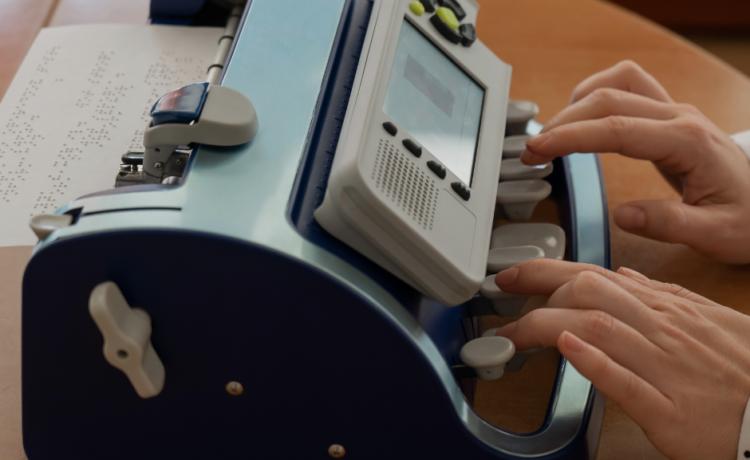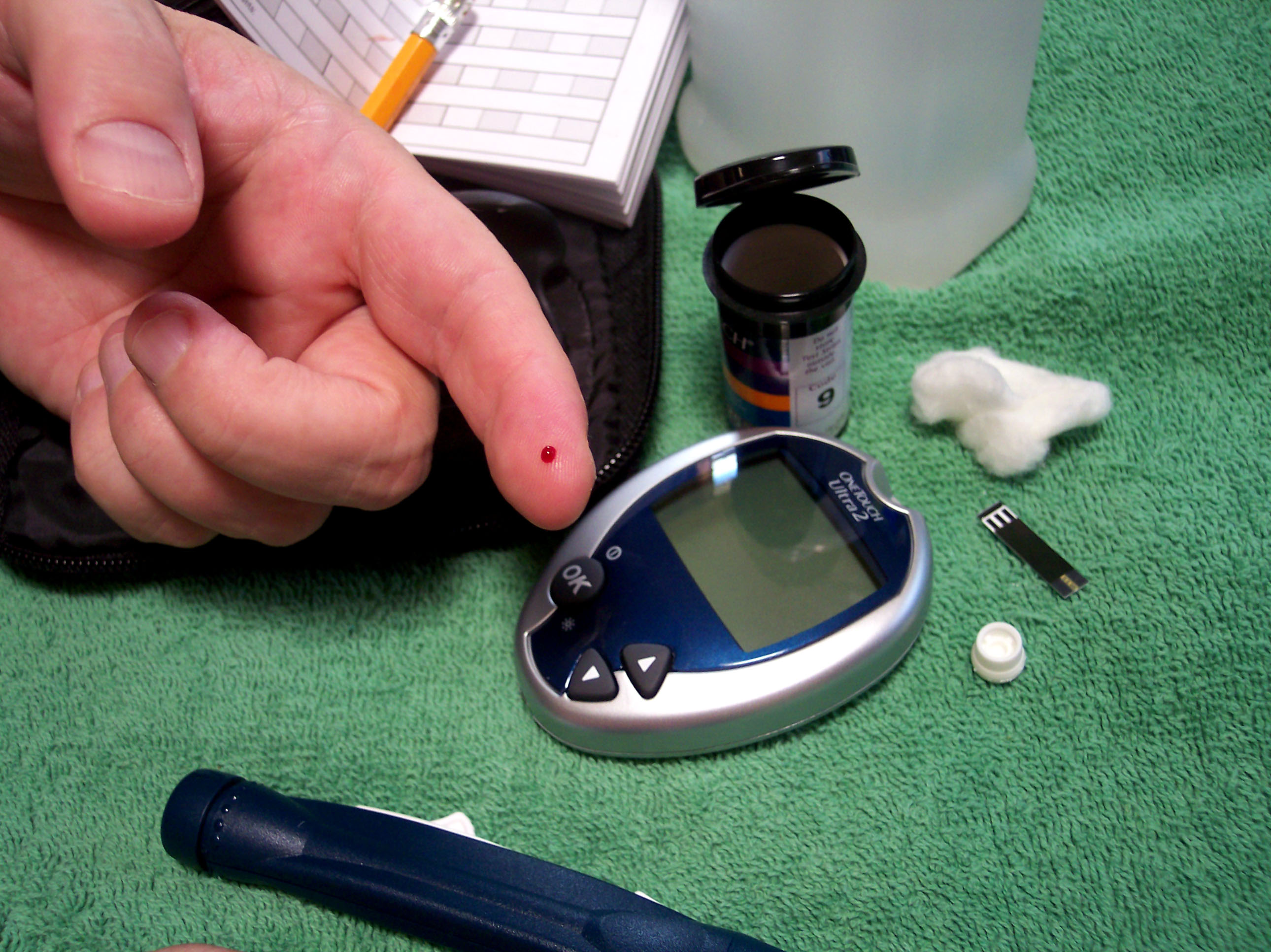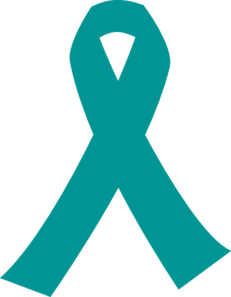Last Updated on February 11, 2025
Needing a wheelchair or specialized software can be a huge financial burden for individuals with disabilities. The cost of assistive technology runs into the thousands, creating stress for those on fixed incomes or with limited resources.
NeedyMeds is a nonprofit dedicated to connecting people with affordable healthcare solutions, including assistive technology. In this blog post, we’ll explore state-run programs that can help you pay for devices and services. We’ll explain how these programs work, who qualifies, and where to find them.
What Is Assistive Technology?
Assistive technology refers to devices, equipment, or systems designed to help individuals with disabilities increase, maintain, or improve their functional abilities. Examples of AT devices include:
- Mobility aids: Wheelchairs, walkers, prosthetics
- Communication tools: Speech-to-text programs, hearing aids
- Computer accessibility: Screen readers, adaptive keyboards
- Home modifications: Stair lifts, smart home devices for accessibility
How Do Assistive Technology Programs Work?
Unlike some assistance programs that provide direct-to-patient benefits, the Assistive Technology Act funds state-based programs that help individuals access AT devices in different ways. Each state receives grants to operate four programs:
- Device Demonstrations: Try AT devices before deciding which one is best.
- Short-Term Loans: Borrow equipment to see how it works at home, school, or work.
- Reuse Programs: Access gently-used devices at low or no cost.
- Financing or Loan Options: Some states offer low-interest or interest-free loans to make AT more affordable.
These programs ensure that individuals with disabilities can access the technology they need, whether through direct assistance or financial aid options. The specific program name and eligibility requirements vary by state, but all programs share the goal of increasing accessibility.
Who Qualifies for State Assistance Technology Programs?
To qualify for these state programs, you must have a disability that impacts your ability to handle everyday tasks. To be eligible, you must show that assistive technology helps you live more independently or improves your health and safety.
Each state’s program may have its own specific guidelines or paperwork. However, they all believe that any person whose life activities are limited by a disability should have access to support. If you’re unsure about your eligibility, contact your state’s assistive technology program or talk to a healthcare provider.
Types of Assistance Programs on NeedyMeds
NeedyMeds features more than just assistive technology resources. We also list organizations that provide assistance dogs, equipment loans, and other vital services. Each program aims to help individuals with disabilities live more independently.
Here are a few categories you can explore on NeedyMeds:
- Assistive Technology Programs: Find free or low-cost devices, reuse options, and loan programs.
- Service Animal Organizations: Discover groups that train and provide assistance dogs for mobility, vision, or emotional support.
- Adaptive Equipment Assistance: Locate programs offering ramps, stair lifts, and home modifications.
To browse these programs, visit our home page, select the Diagnosis tab and type in “Disability.” You can also use keywords like “assistive technology,” “assistance dogs,” or “adaptive equipment” to tighten your search.
Final Thoughts
Assistive technology can make a significant difference in the lives of individuals with disabilities. Thanks to state-funded programs, many people can access the devices and services they need. Be sure to check the Diagnosis-Based Assistance section on NeedyMeds to explore available resources in your state. Access Program.”




